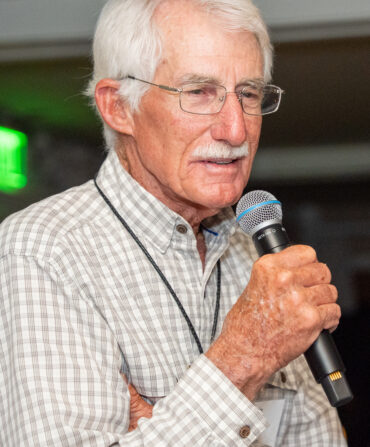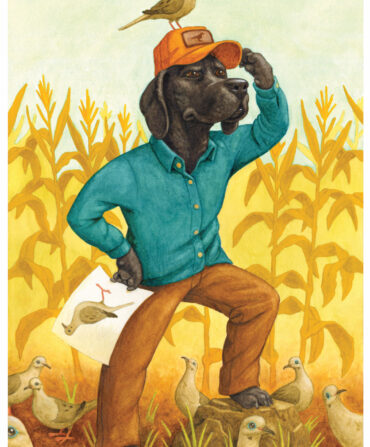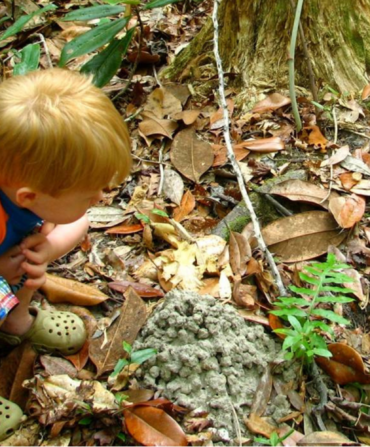Back in 1990, when Jimmy Bullock, then a wildlife biologist with the Anderson Tully Lumber Company, left a meeting room for a few minutes, he learned upon his return that he’d been made chairman of the Louisiana Black Bear Conservation Committee—a delicate position. That same year, the federal listing of the northern spotted owl as threatened in the Pacific Northwest had prompted the hotly disputed regulation of forest management, and Southern timberland owners feared a similar clash over the bear’s imminent listing.

Instead, the committee forged a different path, one that changed Bullock’s trajectory and the future of the South’s working timberlands. Guided by black bear ecology, and involving some seventy wide-ranging organizations, Bullock’s group created a conservation strategy recognizing that the bears weren’t threatened by forest management, but by the loss of forested habitat: In short, working lands could keep working. “We turned the bear into an asset for landowners,” Bullock explains, by giving them incentives to manage their land in bear-friendly ways. The approach met with resounding success, and the bear was delisted as endangered in 2016.
After that project, Bullock worked for Union Camp Corporation and International Paper, refining his skills in relationship building and collaboration. While with Union Camp, he helped create the Sustainable Forestry Initiative, which required timber companies to consider threatened and endangered species on their land. For instance, Bullock coauthored a plan that mapped out conservation areas for the Red Hills salamander, a rare and secretive Alabama species, on Union Camp’s thousands of acres. “We figured out optimal, potential, and marginal habitat areas—and managed each accordingly,” he explains.

In 2006, Bullock, who is based in Mississippi, signed on with his current company, Resource Management Service, which manages vast timberlands with an ethos of stewardship. There, he helped found the National Alliance of Forest Owners’ (NAFO’s) Wildlife Conservation Initiative, which integrates willing private landowners and managers into conservation efforts across 45 million acres. In 2023, the initiative became a formalized partnership involving NAFO, the U.S. Fish & Wildlife Service, the National Council for Air and Stream Improvement, and the Association of Fish & Wildlife Agencies. “Suddenly, forestry is not a threat,” Bullock says, “it’s a conservation benefit.” And the partnership gave rise to Conservation without Conflict, another national collaborative effort.
Today the Wildlife Conservation Initiative is building frameworks that allow endangered species like the northern long-eared bat to be documented and studied in working forests, and listed species like the reticulated flatwoods salamander in Florida to be reintroduced on private lands without incurring federal oversight. “I’ve been in this for forty-one years,” Bullock says, “and I believe that working forests are part of the biodiversity solution for the South. My hope is that the next generation will pick up the concept of collaborative conservation and run with it.”
Homebase: Bogue Chitto, Mississippi
Affiliations: Resource Management Service
Side Quest: While working for RMS, Bullock and his partners figured out that active forest management, which results in a mosaic of stand ages and timber types, creates habitat for many species, such as gopher tortoises—a success story that sparked the Wildlife Conservation Initiative.
Read about all of G&G’s 2024 Champions of Conservation.








